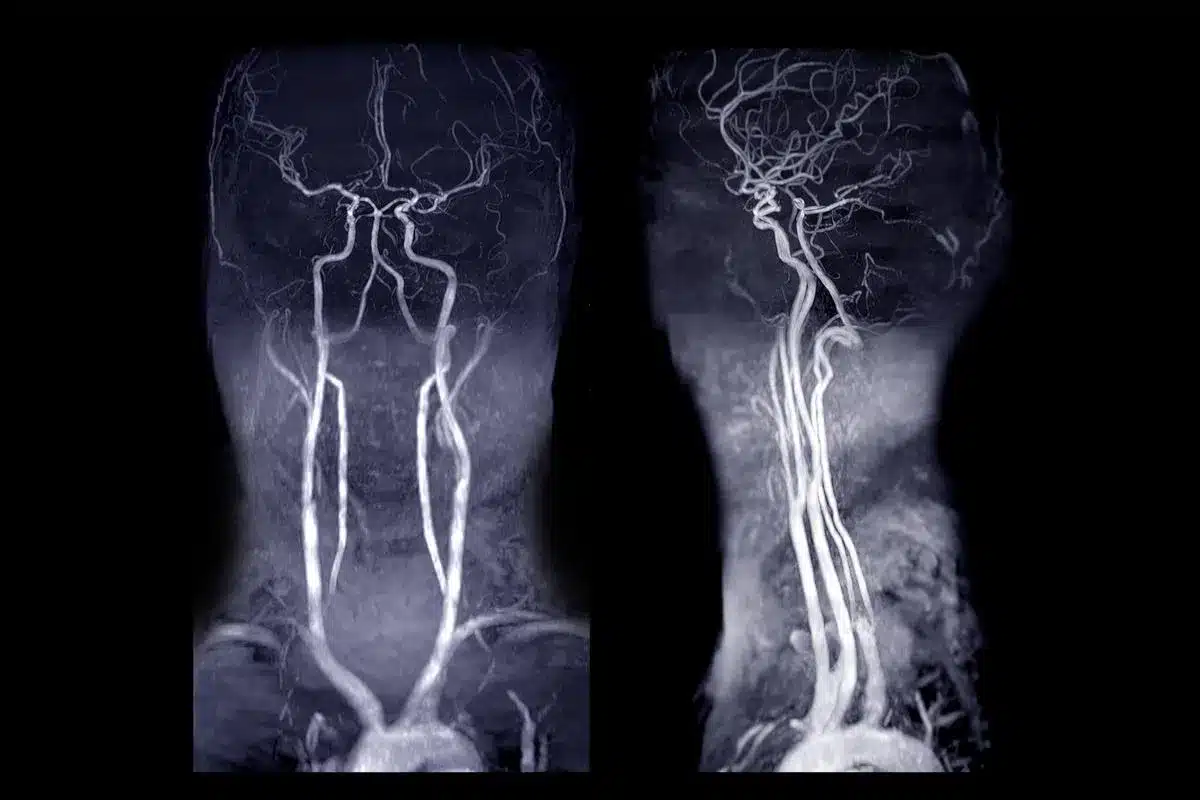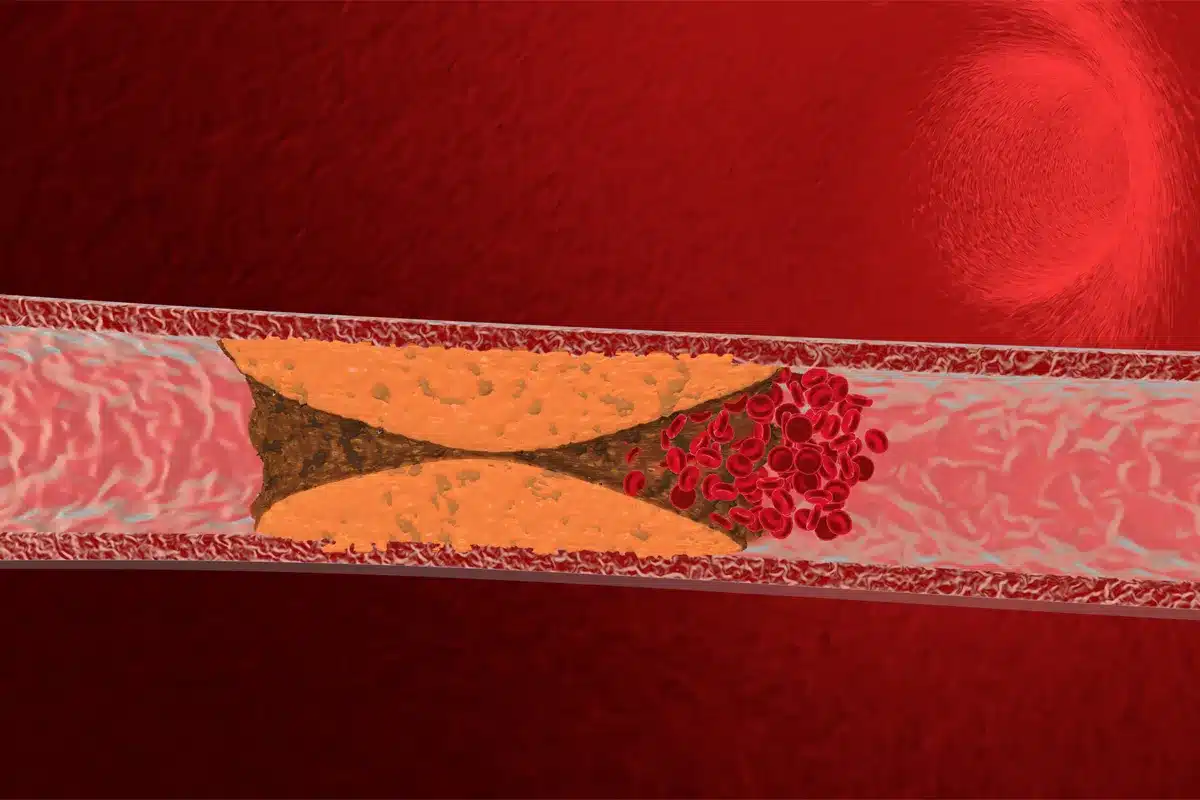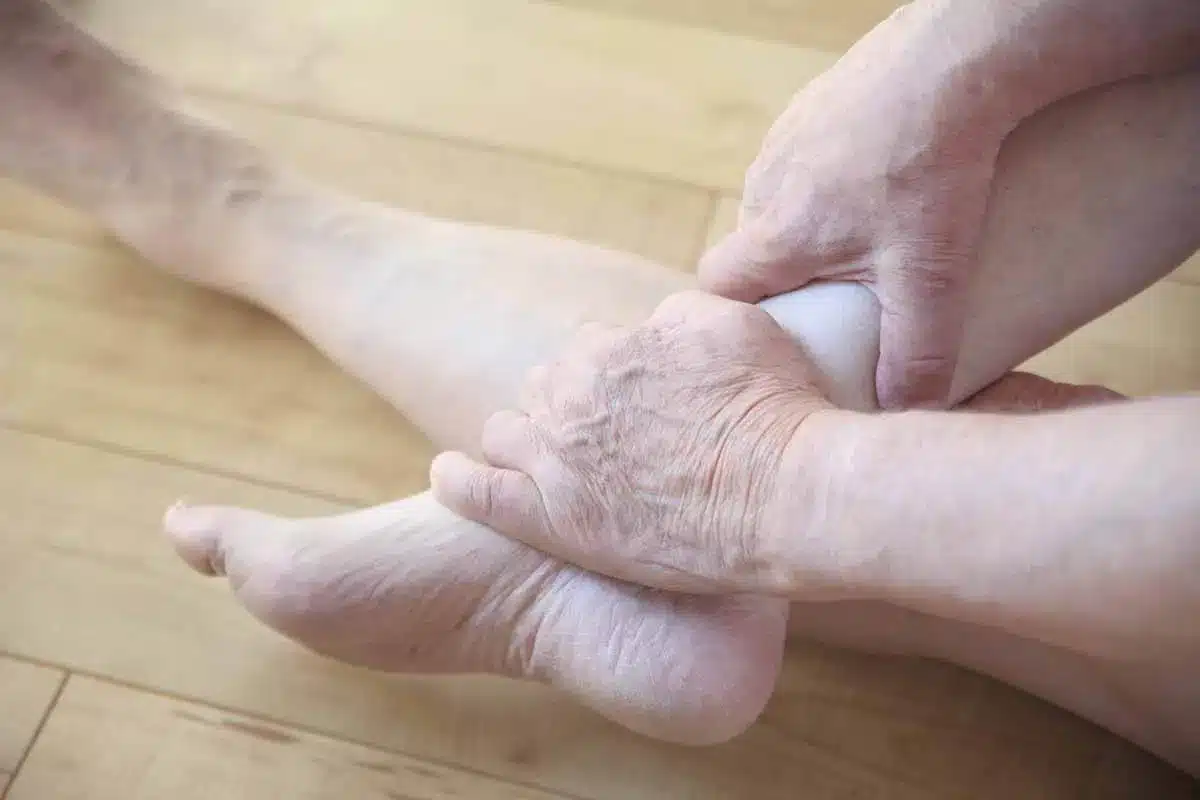Breast Reduction Surgery: Procedure, Benefits, and Treatment at Liv Hospital
Breast reduction is a surgical procedure offered by Liv Hospital’s Plastic, Reconstructive, and Aesthetic Surgery department to reshape, reduce, and lighten the breasts. This operation can address a variety of concerns and is available to both women and men seeking improved comfort, appearance, or relief from physical symptoms caused by overly large breasts.

What is Breast Reduction Surgery?
Breast reduction surgery, or reduction mammoplasty, is a procedure that creates a breast size more proportionate to an individual’s body and helps address issues caused by overly large breasts (macromastia). Excessively large breasts can contribute to posture problems, physical discomfort, restrictions in daily activities, and feelings of self-consciousness about appearance. Many patients seek breast reduction to relieve pain, improve mobility, or achieve a more balanced look, even if they don’t have significant symptoms. Ultimately, breast reduction surgery provides both functional and aesthetic benefits.
How is Breast Reduction Surgery Performed?
Breast reduction surgery is performed under general anesthesia. It usually takes between 2 and 5 hours. There are several different surgical methods that can be used. The specialist physician who will perform the procedure performs the operation by choosing one of these different methods depending on the shape and size of the breast. These methods are:
Liposuction Method: The surgeon inserts a tube into the vacuum device by opening small incisions in the area of the procedure. This tube works by pulling fat and liquids out of the breast. This method is preferred when less breast reduction will be performed, that is, if the breast is smaller and it is thought that the skin can compensate for the difference.
Lollipop Method or Vertical Incision: This method is preferred if a moderate reduction is to be performed or if sagging in the breast is desired to be corrected. The surgeon makes incisions from around the areola (the colored area around the nipple) to the area under the breast, and removes excess tissue and fat, shapes the breast and lifts the breast.
Reverse T Incision method (Anchor Method): This method is performed by making incisions along the lower fold of the breast, towards the bottom of the areola by the surgeon. It is usually preferred for large breast reductions and in cases where there is a lot of sagging or unevenness.
Since breast surgery is a major surgical operation (i.e., general anesthesia is used), the patient stays in the hospital for one day after the surgery.
For Whom Is Breast Reduction Surgery Performed?
Anyone with excessively large breasts may experience a range of problems, including back pain, restricted physical activity, psychological distress, and dissatisfaction with appearance. Breast reduction surgery is a personal decision and can be beneficial for both women and men seeking relief from these symptoms or seeking a more balanced look. Ultimately, the choice to have surgery depends on individual needs and preferences.
How Is Breast Reduction Surgery Performed on Women?
When breasts are disproportionately large compared to the rest of the body, women may experience problems such as back, neck, breast, or shoulder pain, as well as strap-related discomfort on the shoulders. Finding well-fitting clothes for the upper body and participating in certain physical activities can also become challenging. For women facing these issues, breast reduction surgery can effectively relieve symptoms and improve comfort, mobility, and quality of life.
How Is Breast Reduction Surgery Performed on Men?
The condition in which one or both breasts are larger than normal in men is called gynecomastia. Gynecomastia can occur as a result of hormonal imbalance or as a result of breast tissue growth due to excessive weight-increasing estrogen levels. Breast reduction surgery is a good option for men with gynecomastia. If there is a proportional size in the breasts due to just being overweight, or obese, this surgery is not performed.
What are the Risks of Breast Reduction Surgery?
As with any surgery, breast reduction carries certain risks. General anesthesia itself can cause complications such as allergic reactions, chest infections, blood clots, heart attack, stroke, or”though very rarely”death. Possible risks specific to breast reduction surgery include scarring, heavy bleeding, infection, swelling, bruising, pain, slow healing, asymmetry, decreased sensation in the breasts or nipples, damage to deeper tissues, and additional allergic reactions.
Not everyone will experience these complications. Being in good health and not smoking can significantly improve your chances of a safe, successful operation and smooth healing. If you are concerned about potential risks, discuss your health profile and any questions with your specialist before making a decision.
Is There an Age Limit For Breast Reduction Surgery?
There is no strict age limit for breast reduction surgery, but it’s important that breast development is fully complete”typically marked by Tanner stage 5 in medical literature. Your doctor will assess your individual situation to determine if and when surgery is appropriate after a thorough examination.
How Long Does Breast Reduction Surgery Take?
The length of breast reduction surgery can vary based on individual factors, but most procedures last between 2 and 5 hours. In some cases, the operation may take longer if complications arise or if the procedure is more complex.
What to Pay Attention to After Breast Reduction Surgery
Following breast reduction surgery, an overnight hospital stay is usually expected due to the use of general anesthesia. Most patients are able to walk and perform light activities within two weeks, though mild pain and swelling are common during this period. During the first two weeks, avoid heavy lifting and carefully follow your doctor’s instructions for monitoring symptoms.
Returning to your regular exercise routine may take about six weeks. Since each person’s surgery and recovery are unique, your aftercare instructions may vary based on the specific technique used and the extent of reduction. If you experience delayed wound healing, unusual swelling, inflammation, or loss of sensation, contact your doctor promptly for evaluation and support.
Breast Reduction Surgery Prices
Breast reduction surgery prices will vary depending on where you prefer to have the surgery. You can consult the healthcare institutions where you want to have surgery to get information about this.
* Liv Hospital Editorial Board has contributed to the publication of this content .
* Contents of this page is for informational purposes only. Please consult your doctor for diagnosis and treatment. The content of this page does not include information on medicinal health care at Liv Hospital
For more information about our academic and training initiatives, visit Liv Hospital Academy
Frequently Asked Questions
What is breast reduction surgery?
Breast reduction surgery, or reduction mammoplasty, is a procedure that removes excess breast tissue, fat, and skin to achieve a smaller, more proportional breast size and relieve discomfort from overly large breasts.
Who can benefit from breast reduction surgery?
Both women and men experiencing physical pain, limited mobility, or self-consciousness due to large breasts can benefit from the procedure.
How long does the surgery take?
The surgery usually takes between 2 and 5 hours, depending on the size of the breasts and the technique used.
What techniques are used in breast reduction?
Common methods include liposuction for small reductions, the lollipop incision for moderate cases, and the anchor incision for larger or sagging breasts.
How long is the recovery period?
Most patients can resume light activities within two weeks, while full recovery and return to exercise may take up to six weeks.
Are there risks associated with breast reduction?
Possible risks include infection, scarring, bleeding, asymmetry, and temporary changes in nipple sensation, though these are uncommon with proper care.
Why choose Liv Hospital for breast reduction surgery in Turkey?
Liv Hospital offers advanced surgical techniques, experienced plastic surgeons, and personalized care in a safe, state-of-the-art environment, ensuring natural results and optimal recovery.







